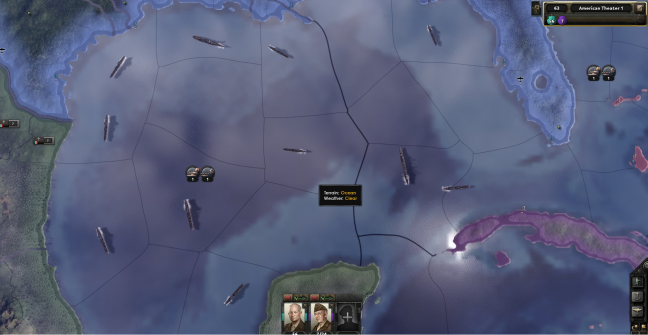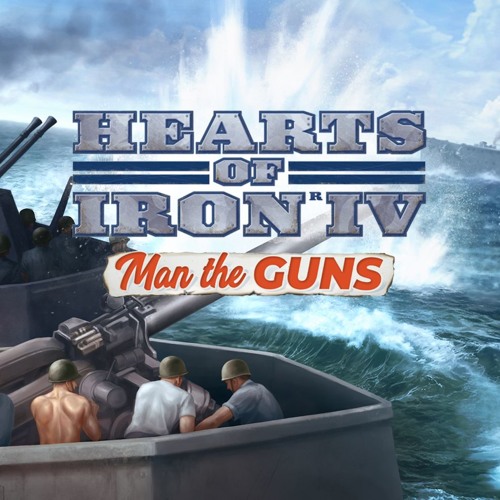

The Berlin Blockade in 1948-49, followed by the establishment of the West and East German states in 1949, cemented the growing division of Berlin and of Germany itself.

The Czechoslovak communist coup d’etat demonstrated that it would be almost impossible to have a coalition regime between communists and non-communists in a democratic framework. Several important – irreversible – events happened that changed the character of the relationship between the East and West. What made the years 19 such a watershed in the history of the Cold War and the division of Europe? When this did not happen, he sought to forward the interests of communism, especially in those areas under his control, but always with the view of not antagonizing the West to the point of being drawn into a military conflict. He was hopeful that the Americans would withdraw their troops from Europe, return to their prewar isolationist policies and allow him maximum room for maneuver.

Stalin’s long-term ambitions no doubt were related to the spread of communism throughout the continent. What were Stalin’s ambitions for communism in Europe during this period? Thus, he frequently discouraged the more radical aims of European communists. But he was also wary of getting the Soviet Union in any kind of clash with the Americans and British on the continent.

How did Stalin view Europe post-World War II?Ĭertainly after the war, Stalin saw Europe with the eyes of an ultra-realist, meaning he saw opportunities he could exploit for expansion and influence. It was something of a miracle that Europeans got themselves back on their feet as quickly as they did. Stanford News Service recently spoke to Naimark, the Robert and Florence McDonnell Professor in Eastern European Studies in the School of Humanities and Sciences, about his research on the postwar order in Europe.Įurope was poor, devastated, full of displaced and disaffected people, and morally, physically and spiritually spent. Instead, the Soviet premier sought a more open and flexible approach to his foreign policy, even with neighboring countries such as Finland, Poland and Czechoslovakia.īut Stalin’s diplomacy failed as often as it succeeded, said Naimark who has recently published a new book reassessing Stalin’s postwar foreign policies, Stalin and the Fate of Europe: The Postwar Struggle for Sovereignty.Īnd it was the failures that brought down the Iron Curtain. Stalin didn’t plan to have an Iron Curtain descend across Europe, Naimark said. Norman Naimark (Image credit: Rod Searcey)


 0 kommentar(er)
0 kommentar(er)
